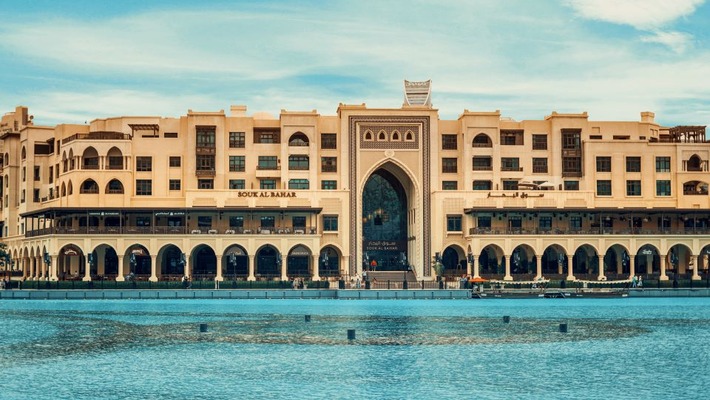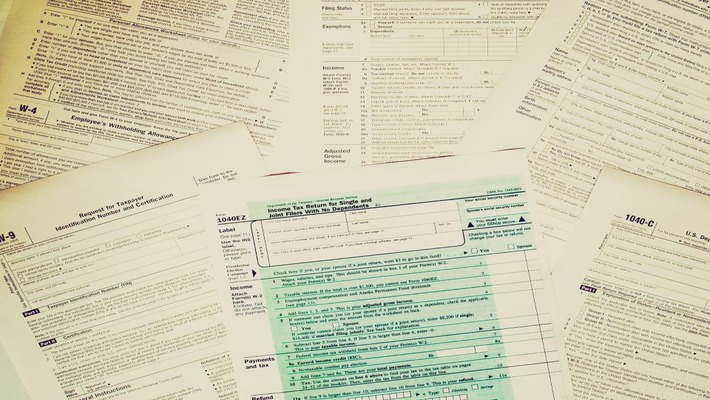The objective of a dynamic community management structure is to adopt the governance and authority strategy that will establish overall harmony and control of all affairs of the community.
The structure establishes a clear protocol, relationship and direction between various stakeholders and components making up the overall community.
It is essential to identify key areas and assets ownership principles, especially those beneficial to Emaar over the long run to generate revenue. On the other hand, it is equally important to ensure the rights and use of owners are fairly assigned in line with commitments made at the time of sale and in the purchase agreements.

We facilitate Annual General and Extraordinary Assemblies assistance along with Owners’ Committee elections, professional consultation and meetings.

We provide a wide spectrum of administrative and secretarial support in addition to strategic direction, decision making and means of dispute resolutions.

Community’s governing documents and common area plans are developed and renewed in line with statutory requirements. Community governance protocols are introduced, upheld and enforced.

Prompt response to customer complaints, service requests and emergencies while establishing and maintaining homeowner/occupant data and a streamlined communications strategy.

We offer government relations, legal support and local authorities’ liaison.

Community spirit and resident engagement is promoted with events, campaigns, newsletters, festivals and competitions

Retail in Emaar communities are managed by Emaar Malls Group (EMG) directly. ECM supports (for mixed-used communities) by managing common systems shared by residential and retail.
ECM actively coordinates:
– Enforcement of community rules and utilization of common areas.
– Coordinate events and maintenance requirements.
– NOCs are permits required for retail operations.

Based on best practices, there are several types of structures that may be considered, pursuant to applicable laws and regulations. Although the underlying concept is the same, the common are plans, title registrations, operations and decision-making processes will differ based on the adopted structure. This diagram provides an overview of how a community structure is determined.

To ensure implementation of a hierarchy and adopted community management structure, appropriate governance documents such as below are established:
– Title deeds and affection plans
– Schedules of units
– Master community declaration
– Jointly owned property declaration or building management statement for every individual community
– Common area plans for master community, component plans, common element schedule for every individual community
– Entitlement schedule of all units that are within jointly owned property

First company in the region, outside the USA, to be an Accredited Association Management Company® (AAMC®), from the US-based Community Associations Institute (CAI).
Two of our founding team members became the first Certified Manager of Community Association (CMCA) in the Middle East and Asia when they were certified by the NBC-CAM
Proud of receipients of awards that highlight our excellence in community engagment and property management. We remain committed to pushing the boundaries of community management and strive to raise the bar through our innovative approaches,